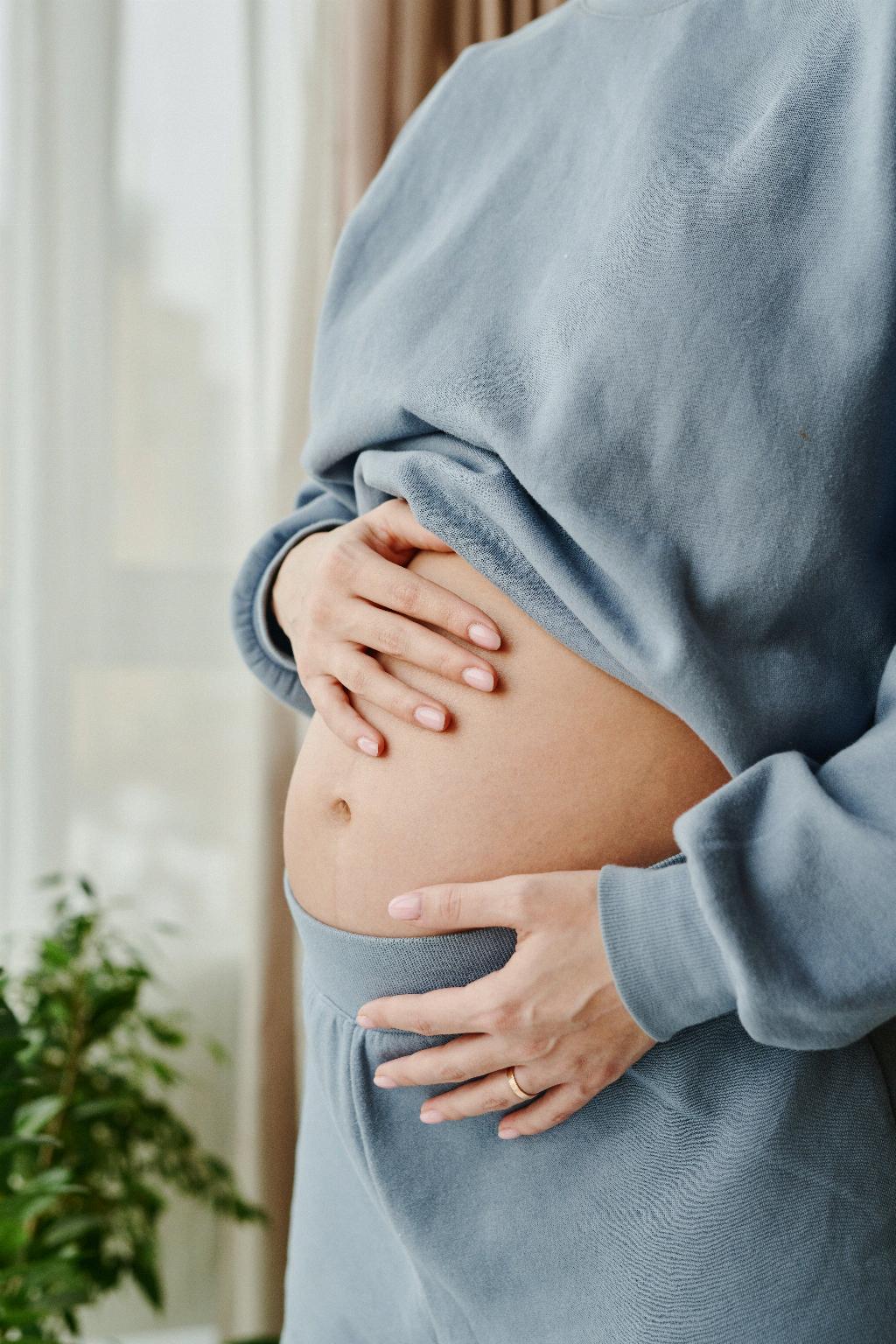Yeast infections are commonly associated with the vaginal area, but did you know that they can also affect the skin around a C-section scar? It might come as a surprise, but it’s not uncommon for women to experience yeast infections in the skin fold under their C-section scar. Britt Gray, a 44-year-old mother from Toronto, shared her experience of dealing with redness, itchiness, and a smelly discharge in that area.
So, is it normal to get a yeast infection after a C-section? The answer is yes, it can happen. The moist and warm environment created by the skin fold under the scar can be a breeding ground for yeast overgrowth. This can lead to symptoms such as itchiness, redness, and discharge, similar to what one might experience in a vaginal yeast infection.
One key factor contributing to yeast infections after a C-section is the disruption of the skin barrier during the surgical procedure. The incision site may take time to heal completely, making it susceptible to infections, including yeast. Additionally, the use of antibiotics before or after the surgery can also disturb the natural balance of bacteria and fungi in the body, paving the way for yeast growth.
If you’re experiencing symptoms like redness, itchiness, or discharge in the skin fold under your C-section scar, it’s essential to consult with your healthcare provider for an accurate diagnosis. They can confirm whether it’s a yeast infection and recommend appropriate treatment options. Over-the-counter antifungal creams or prescription medications may be prescribed to combat the yeast overgrowth effectively.
Preventing yeast infections after a C-section involves keeping the incision area clean and dry. Ensure that you gently wash the area with mild soap and water, pat it dry thoroughly, and avoid tight clothing that may trap moisture. Proper wound care and following your healthcare provider’s post-operative instructions can help reduce the risk of developing infections, including yeast.
It’s worth noting that while yeast infections after a C-section are not uncommon, they can be effectively treated and managed with the right approach. By maintaining good hygiene practices, keeping the incision site clean, and seeking medical advice if you notice any concerning symptoms, you can navigate through this post-operative challenge with ease.
In conclusion, experiencing a yeast infection after a C-section is a possibility for some individuals. Understanding the factors that contribute to yeast overgrowth in the skin fold under the scar, such as moisture, warm conditions, and antibiotic use, can help you take proactive steps to prevent and address such infections effectively.
Remember, it’s essential to prioritize your post-operative care and communicate any concerns or symptoms with your healthcare provider promptly. By staying informed and proactive, you can navigate the recovery process after a C-section smoothly and minimize the chances of encountering complications like yeast infections.

